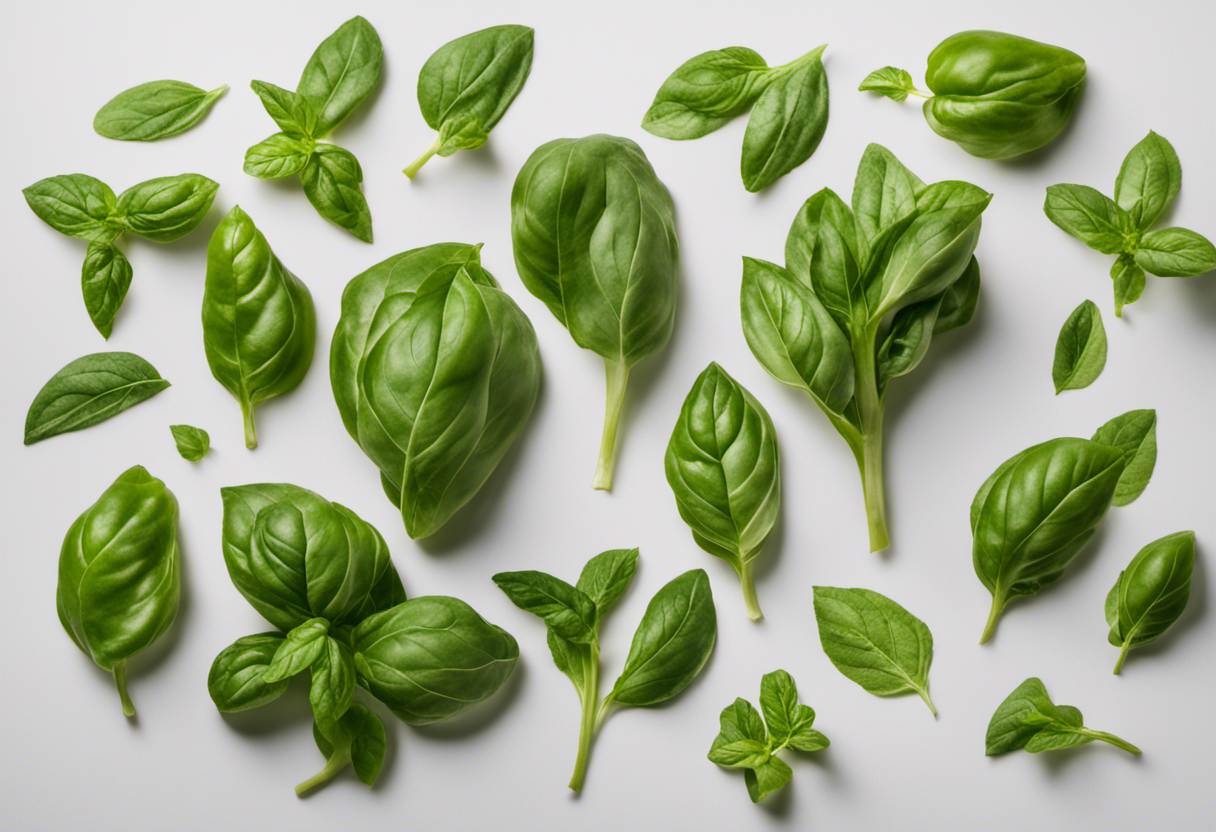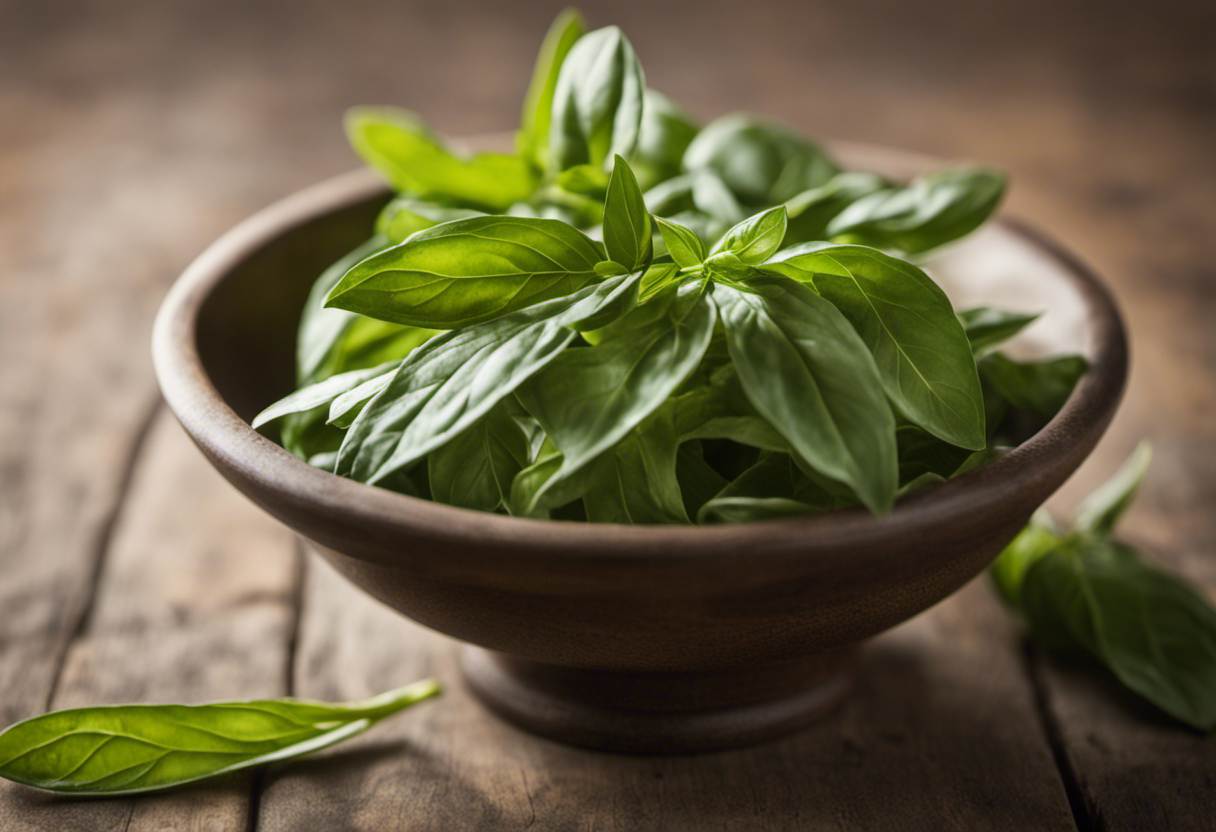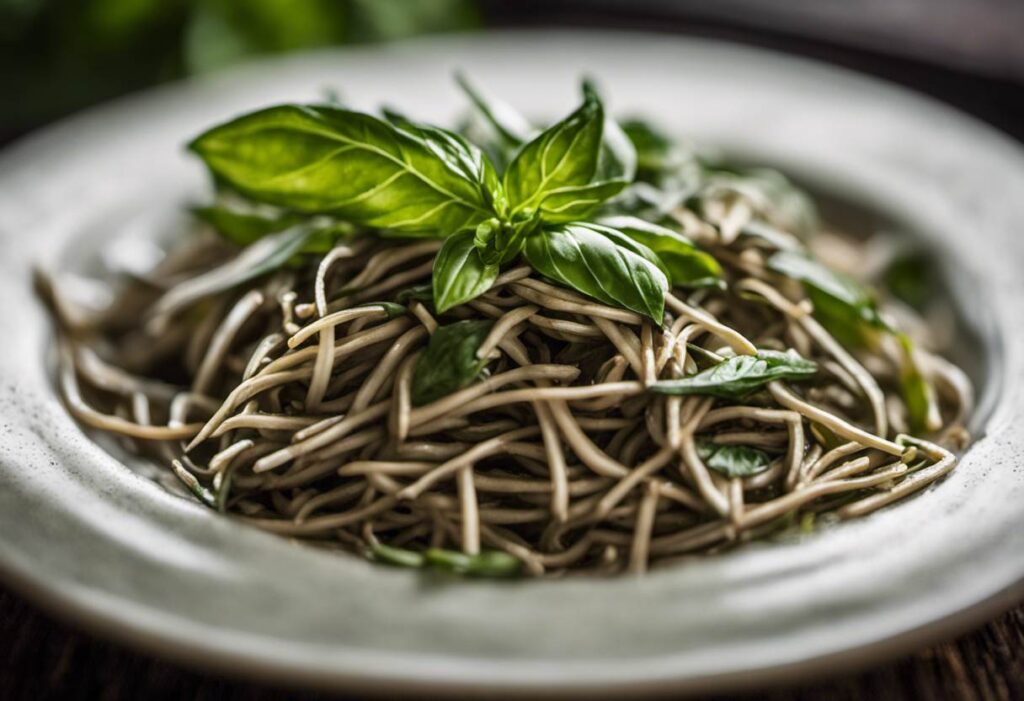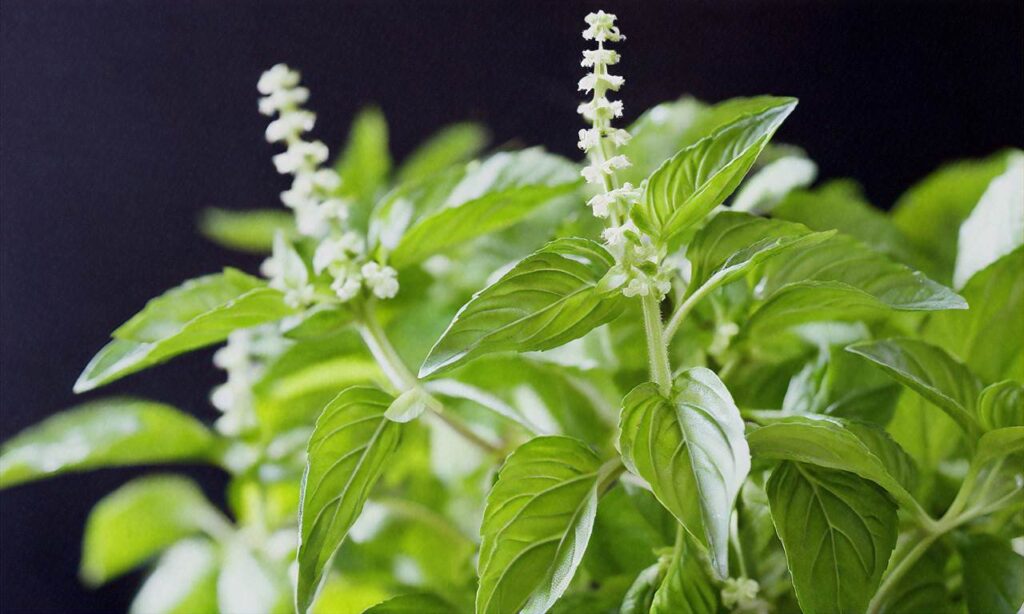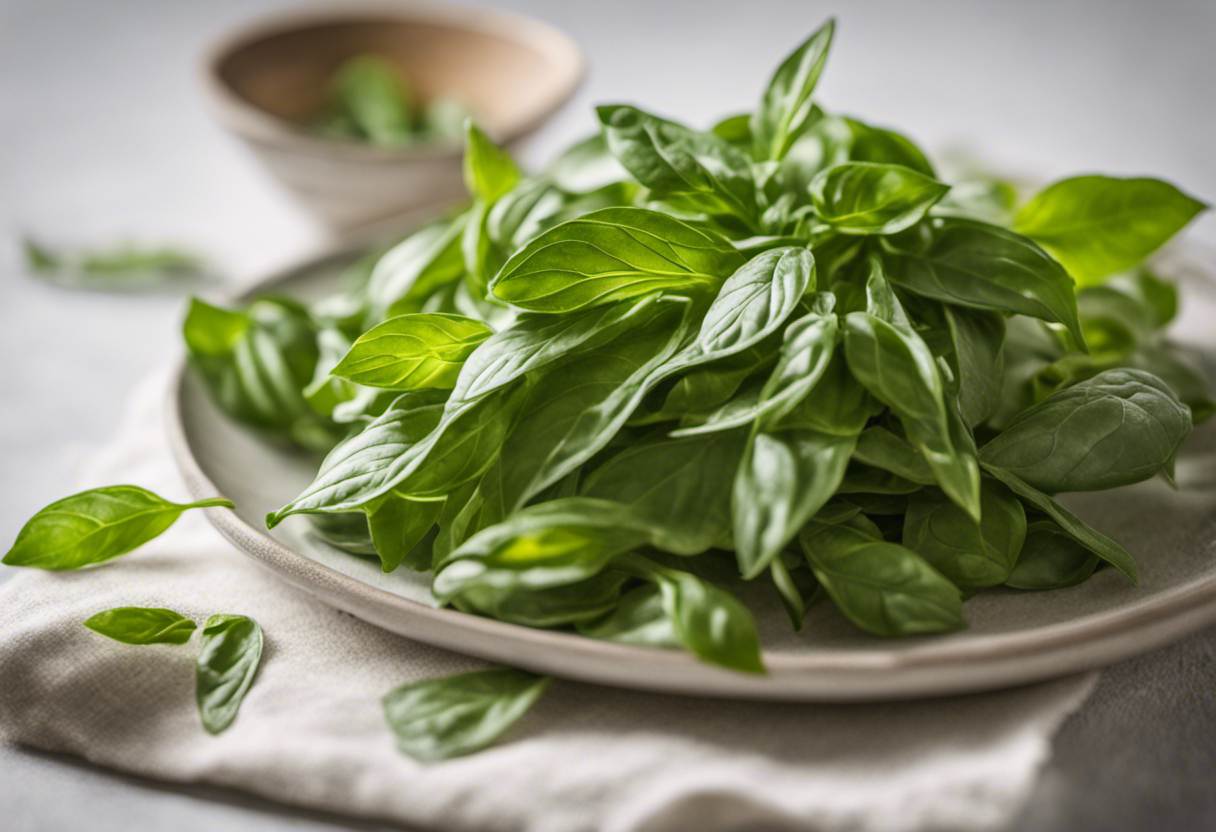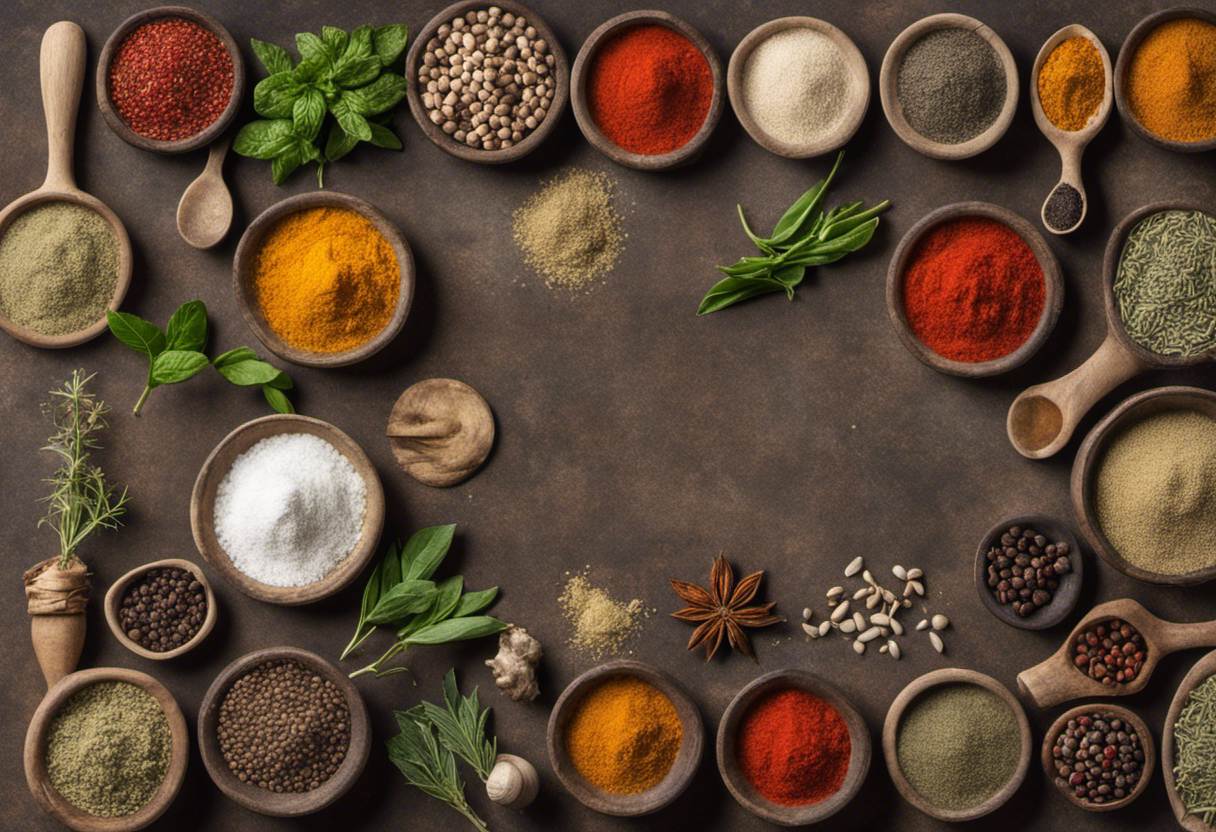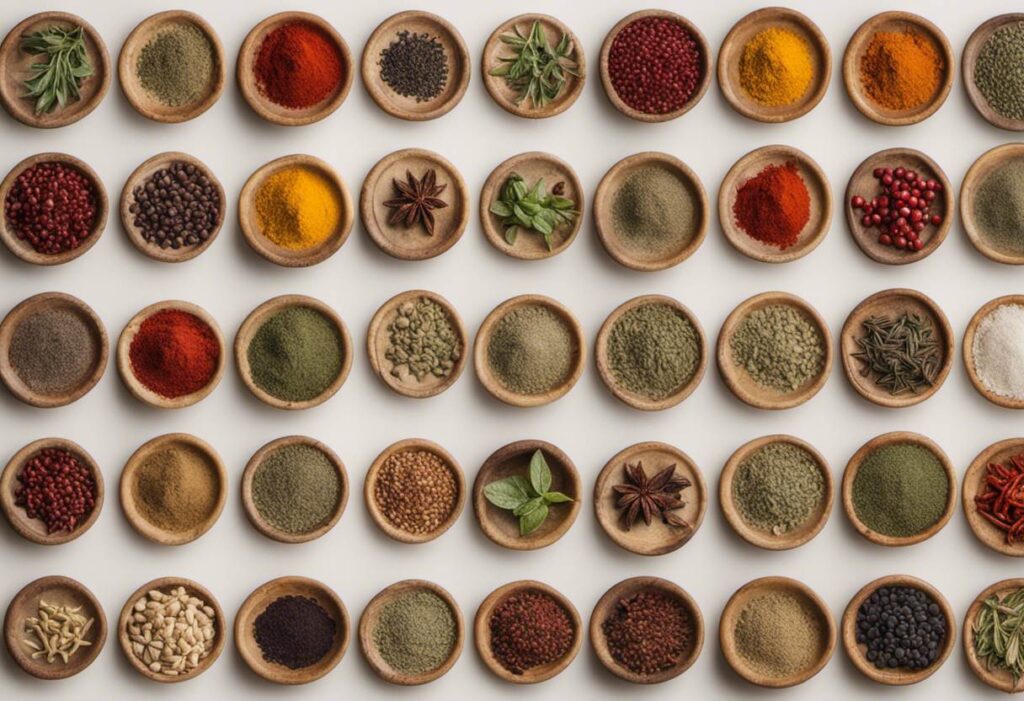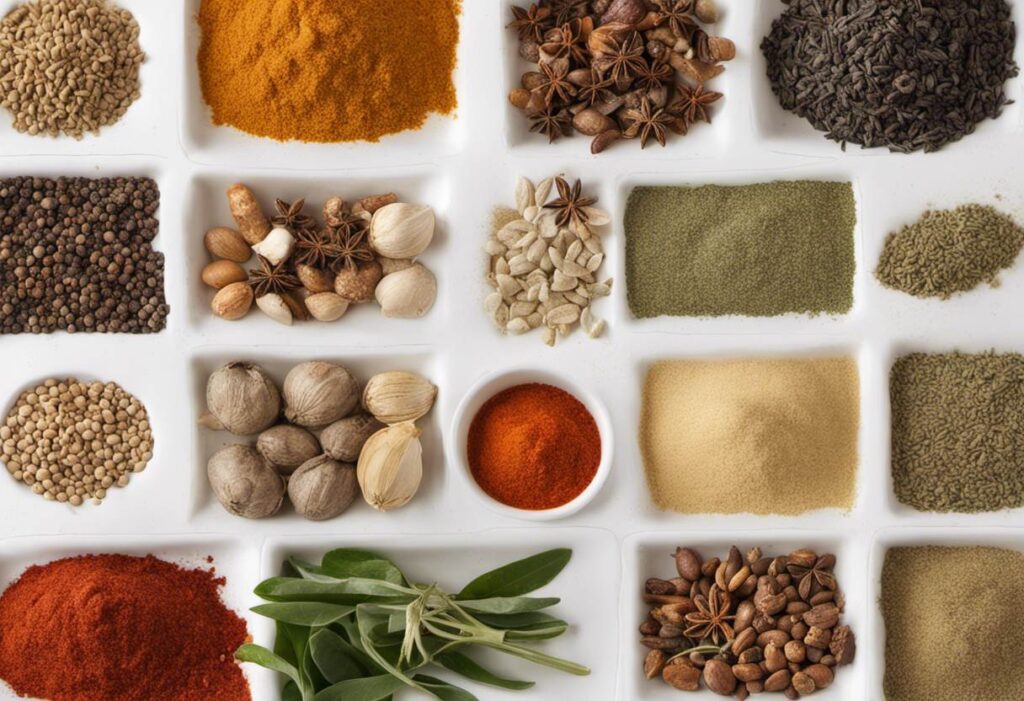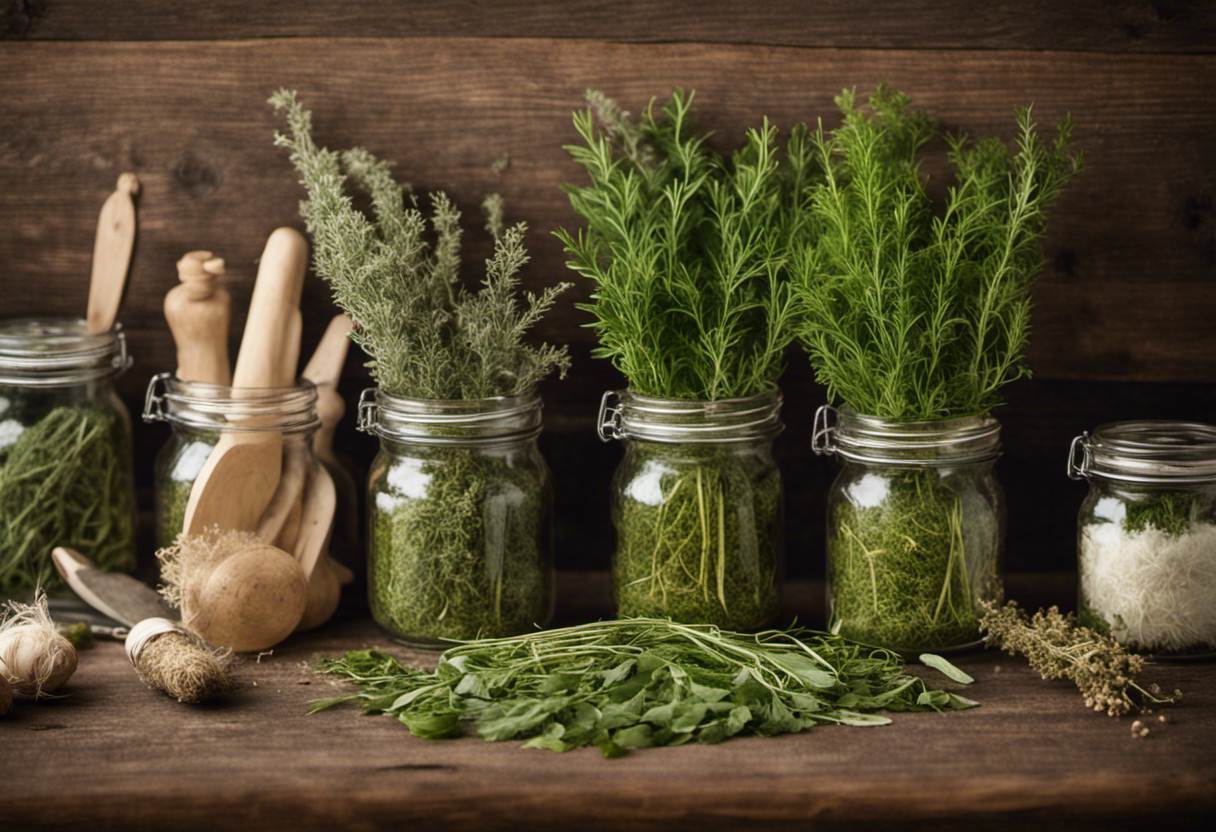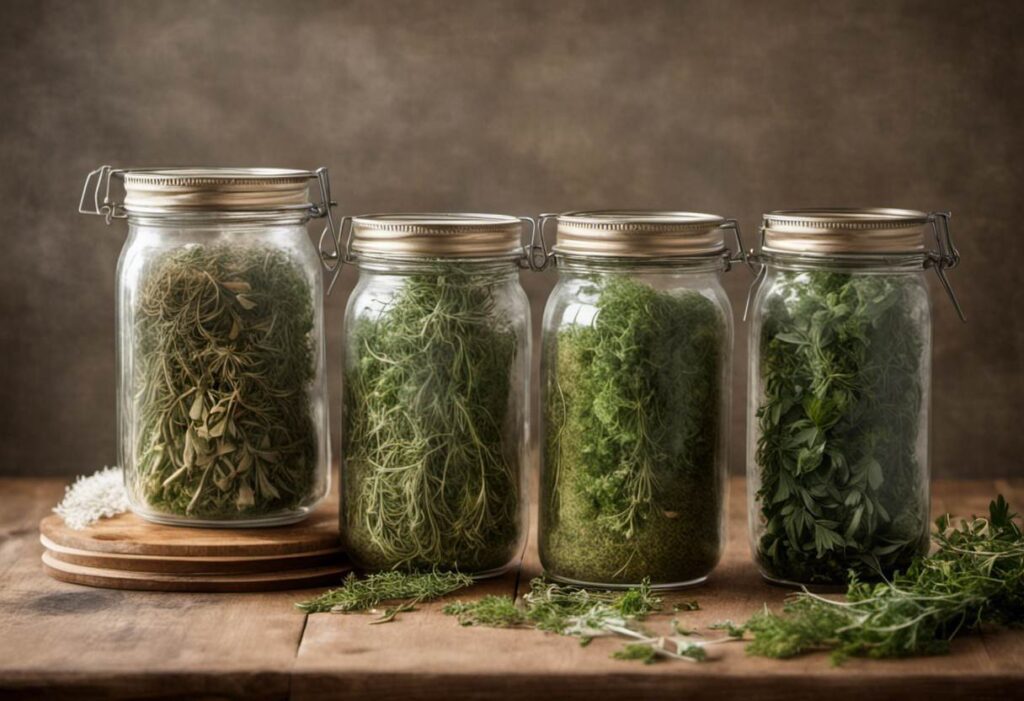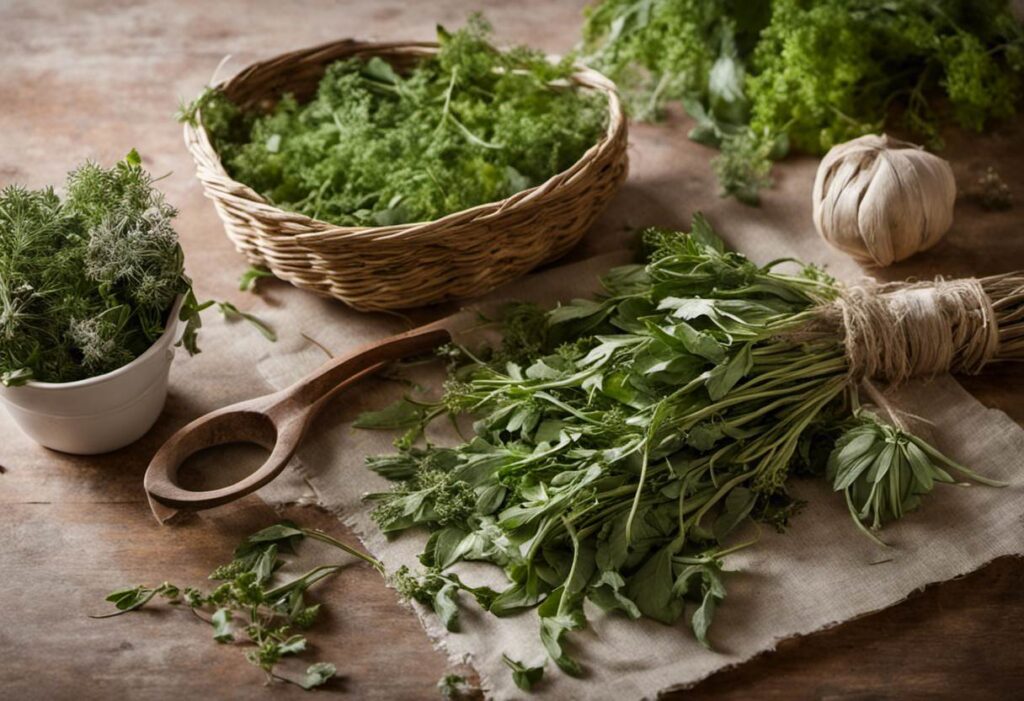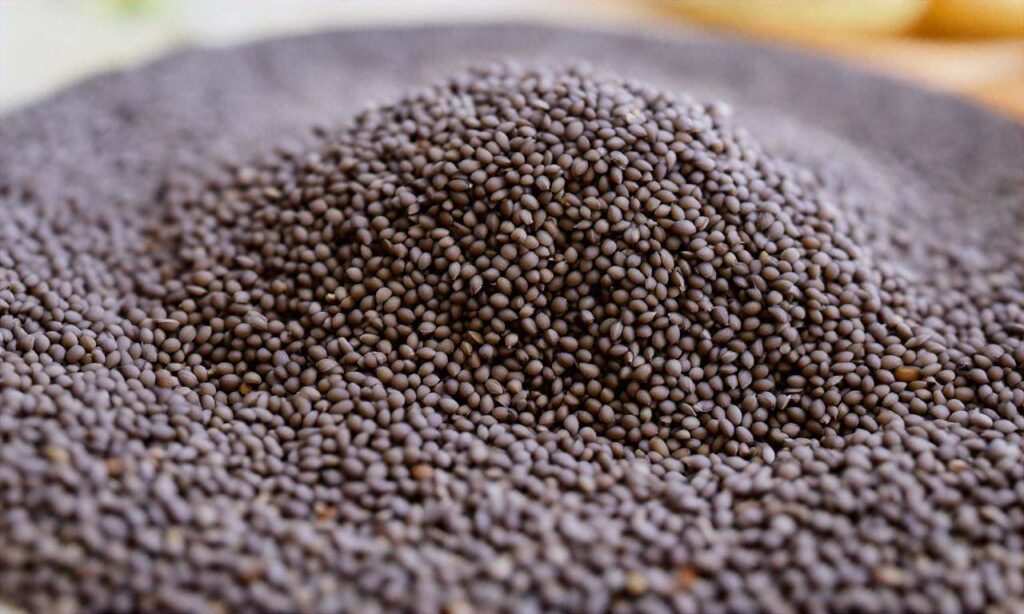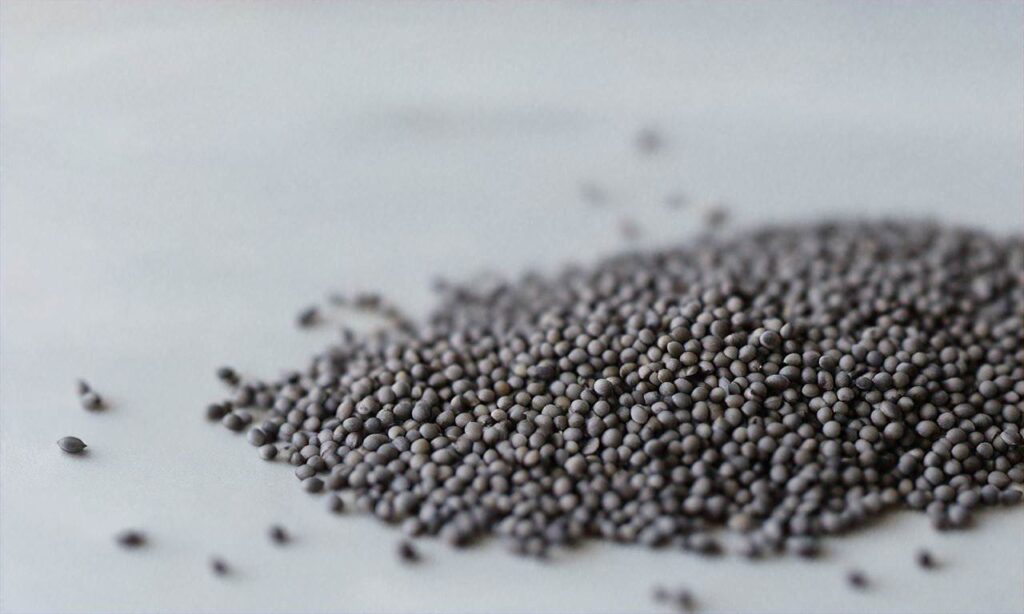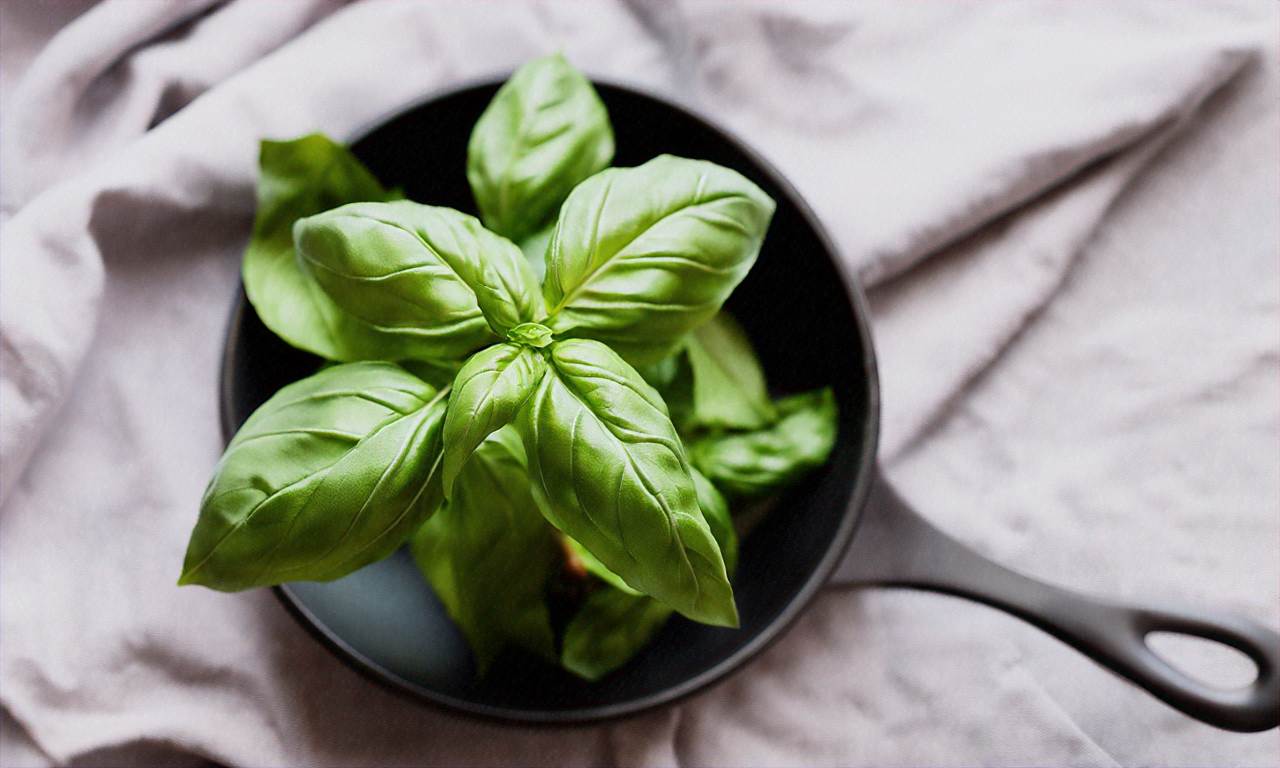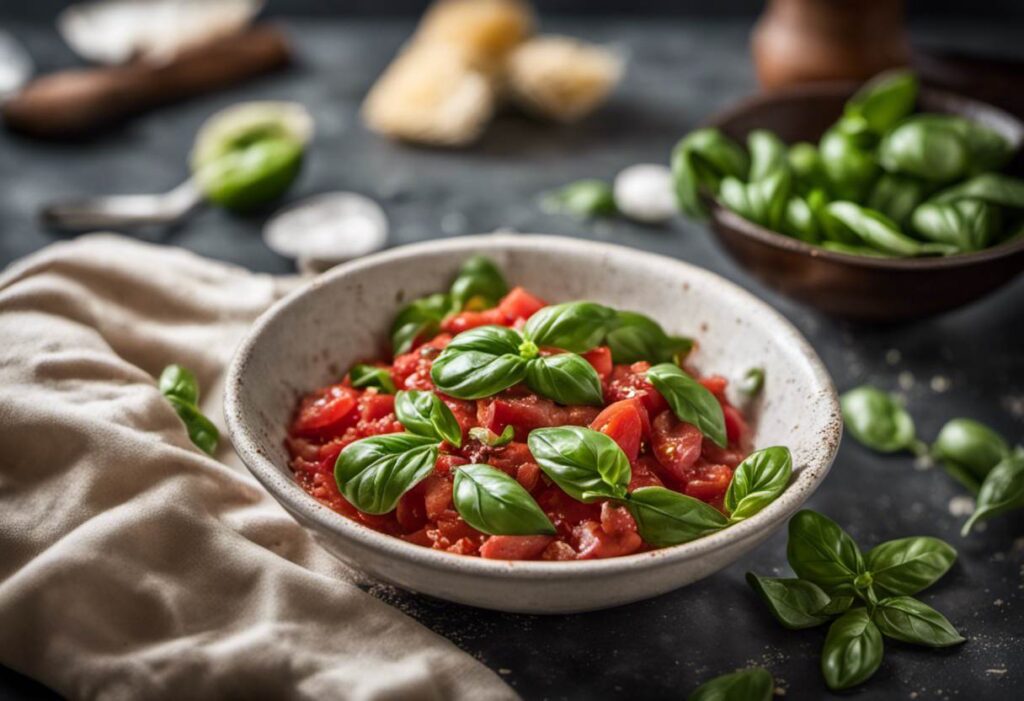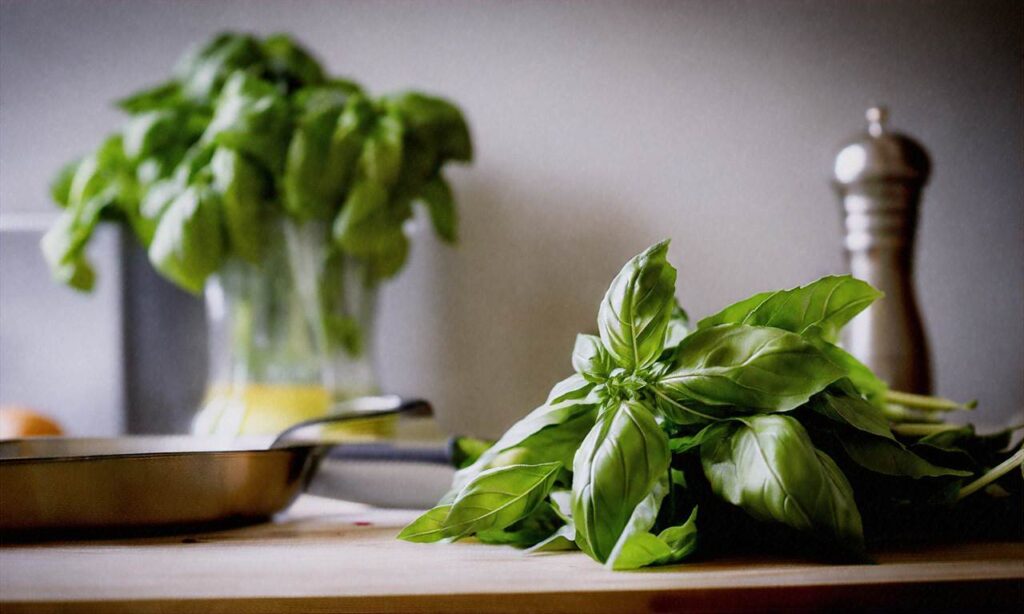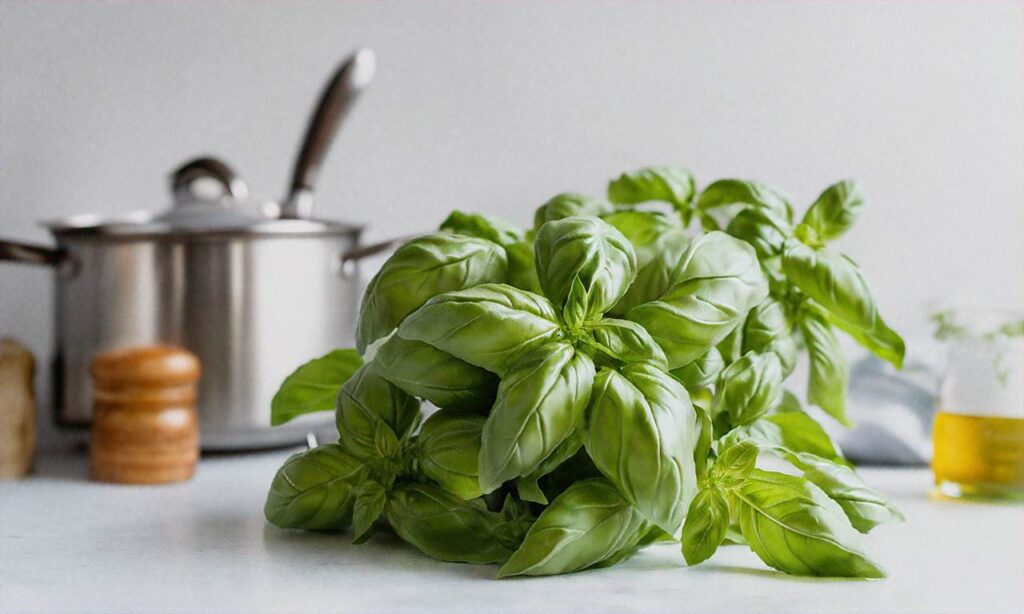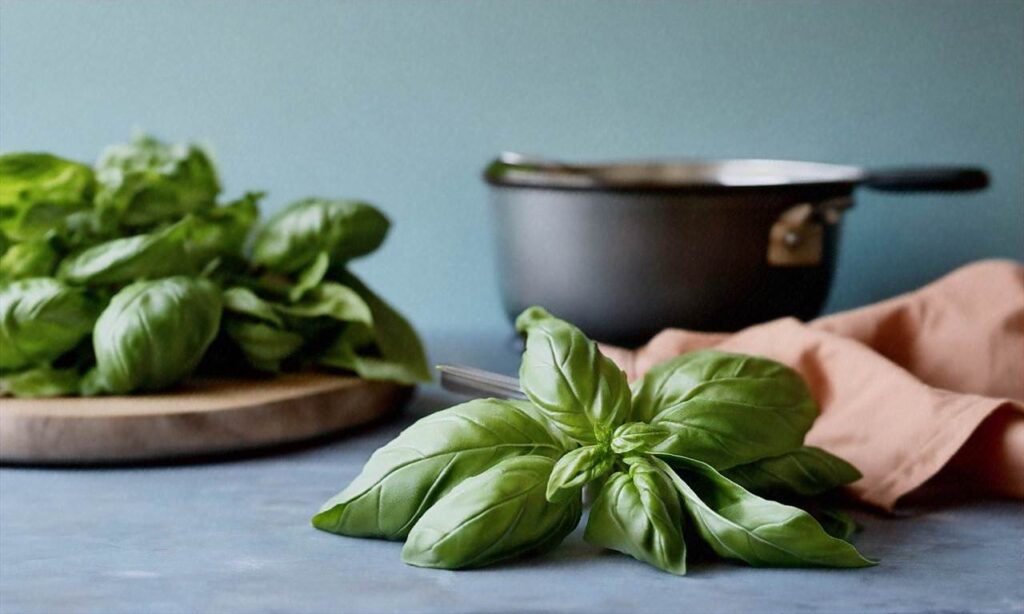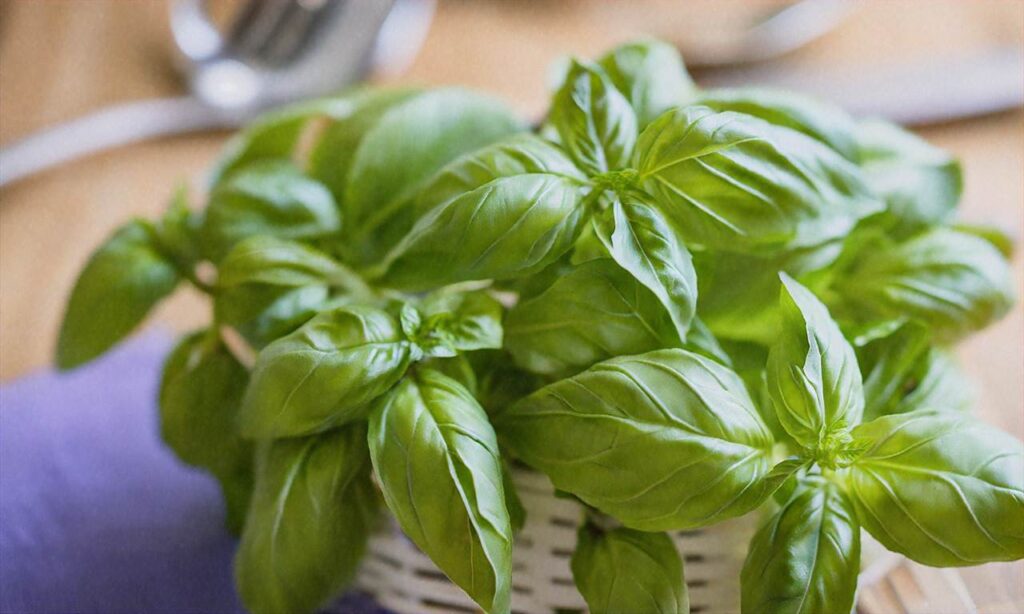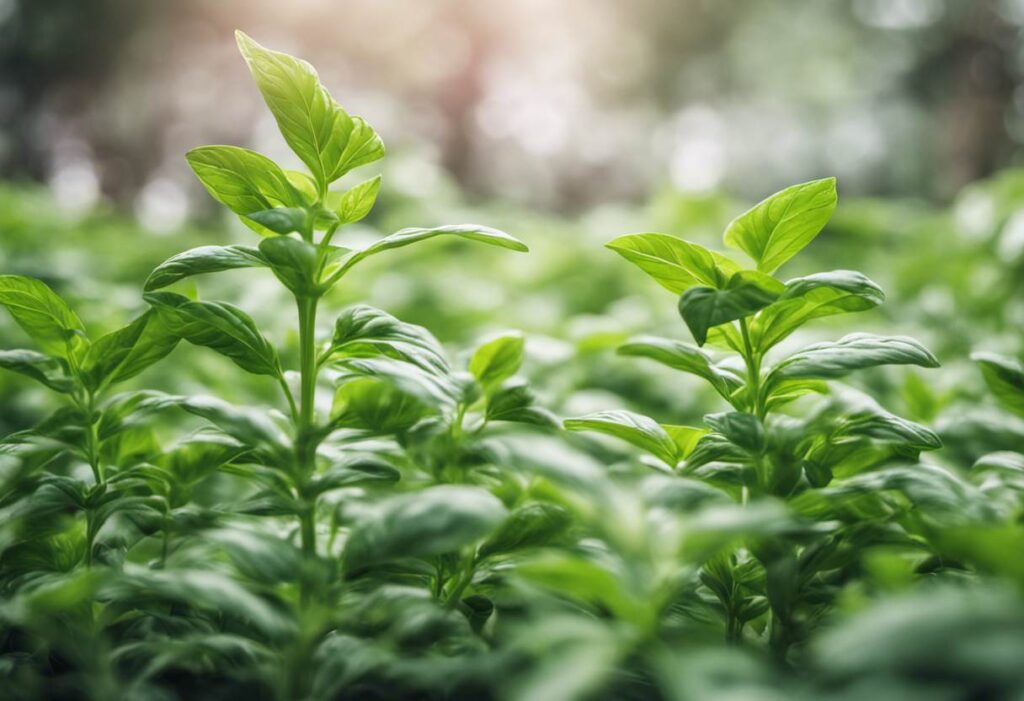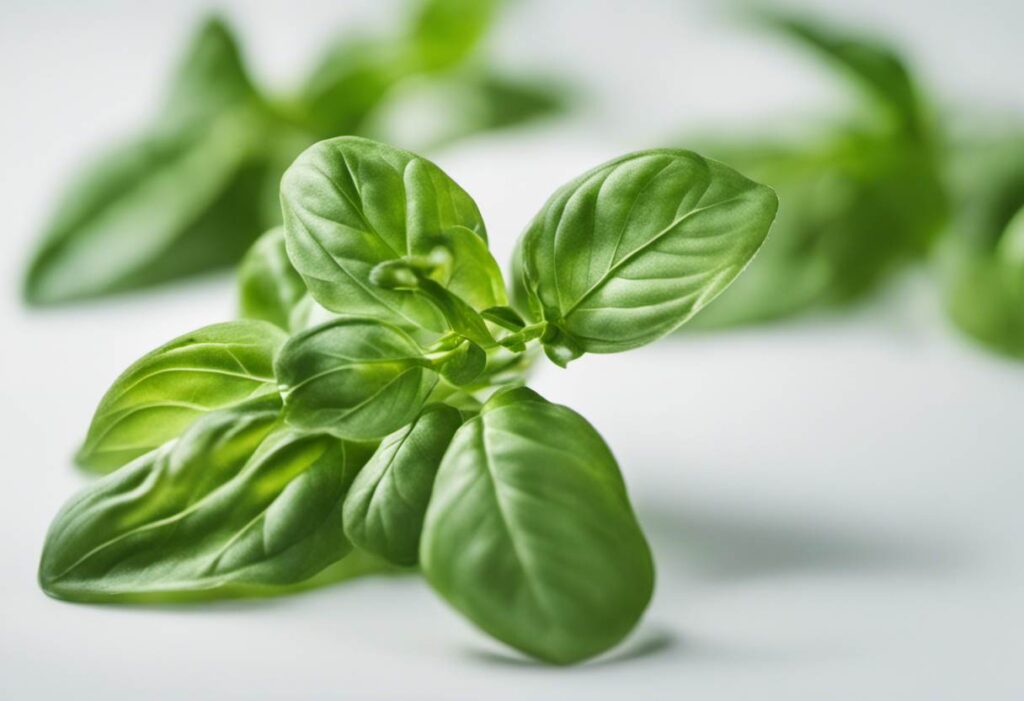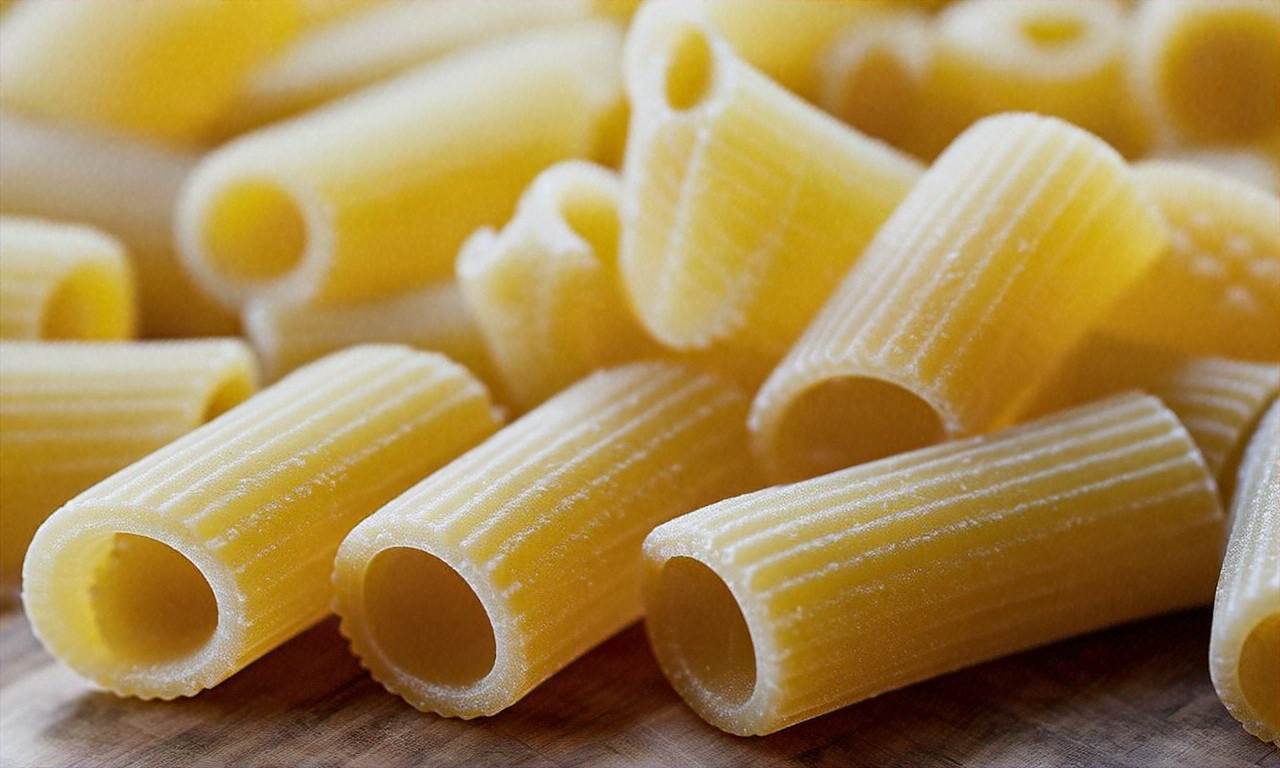Types of Basil for Cooking: Enhancing Your Culinary Creations

Basil is one of the most beloved and versatile herbs in the culinary world. With its aromatic leaves and distinct flavor profile, basil adds depth and complexity to a wide range of dishes. But did you know there are actually many different varieties of basil, each with its own unique characteristics? In this article, we’ll explore the various types of basil for cooking and how to use them to elevate your culinary creations.
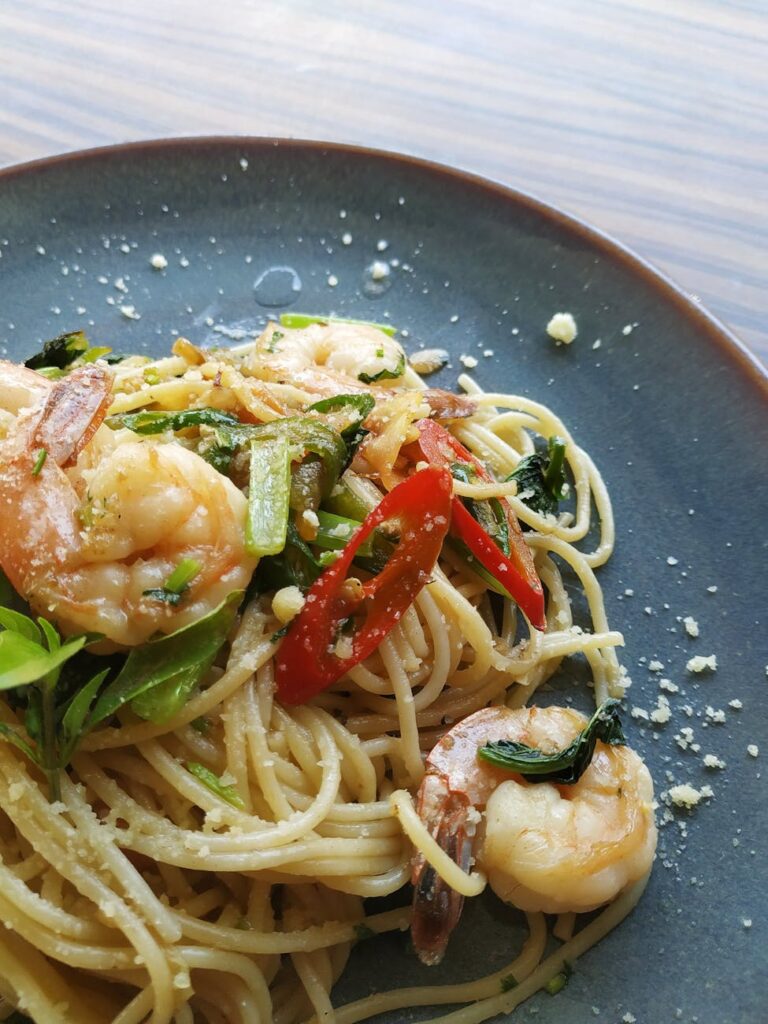
Whether you’re an experienced chef or a home cook looking to expand your herb repertoire, understanding the different basil varieties can open up new possibilities in the kitchen. From classic Italian dishes to Thai-inspired curries, the right type of basil can make all the difference. Let’s dive into the world of culinary basil and discover how these aromatic herbs can transform your cooking.

Common Types of Basil Used in Cooking
When it comes to cooking with basil, there are several popular varieties that you’re likely to encounter. Each type of basil brings its own flavor profile and aroma to the table, making it suitable for different culinary applications. Here are some of the most common types of basil for cooking:
Sweet Basil (Ocimum basilicum)
Sweet basil is the most widely used type of basil in cooking, especially in Italian and Mediterranean cuisine. It has large, bright green leaves with a sweet, peppery flavor and hints of mint and clove. This versatile herb is perfect for making pesto, adding to tomato-based sauces, or using fresh in Caprese salads.
Thai Basil (Ocimum basilicum var. thyrsiflora)
Thai basil is a staple in Southeast Asian cooking, particularly in Thai and Vietnamese dishes. It has smaller, narrower leaves than sweet basil and features a distinct licorice-like flavor with notes of anise. Thai basil is excellent in stir-fries, curries, and soups, adding a unique aromatic quality to these dishes.
Lemon Basil (Ocimum × citriodorum)
As its name suggests, lemon basil has a bright, citrusy aroma and flavor. This variety is popular in Indonesian and Thai cuisine, where it’s used to add a zesty note to fish dishes, salads, and teas. Lemon basil can also be a delightful addition to desserts and cocktails.
Unique Basil Varieties to Explore in Your Cooking
Beyond the more common types of basil for cooking, there are several unique varieties that can add interesting flavors and aromas to your culinary creations. Experimenting with these lesser-known basils can help you discover new taste combinations and elevate your dishes. Here are some unique basil varieties to consider:
Purple Basil (Ocimum basilicum var. purpurascens)
Purple basil is a striking variety with deep purple leaves and a stronger, more peppery flavor than sweet basil. It can be used in much the same way as sweet basil but adds a beautiful color contrast to dishes. Try using purple basil in salads, as a garnish, or to make a visually stunning purple pesto.
Cinnamon Basil (Ocimum basilicum ‘Cinnamon’)
Cinnamon basil has a warm, spicy aroma reminiscent of cinnamon, as the name implies. This variety works well in both sweet and savory dishes, adding a unique flavor to fruit salads, baked goods, and even ice cream. It’s also delicious in Asian-inspired stir-fries and curries.
Holy Basil (Ocimum tenuiflorum)
Also known as tulsi, holy basil is revered in Indian culture for its medicinal properties. In cooking, it has a complex flavor profile with notes of pepper, clove, and mint. Holy basil is often used in Thai cuisine, particularly in drunken noodles (pad kee mao), and can add depth to soups and stir-fries.
Growing and Harvesting Basil for Culinary Use
To ensure you always have fresh basil on hand for your culinary adventures, consider growing your own. Basil is relatively easy to cultivate and can be grown in gardens, containers, or even indoor herb gardens. Here are some tips for growing and harvesting basil for cooking:
1. Choose a sunny location: Basil thrives in full sun, requiring at least 6-8 hours of direct sunlight daily.
2. Use well-draining soil: Basil prefers rich, moist soil that drains well to prevent root rot.
3. Water regularly: Keep the soil consistently moist but not waterlogged.
4. Pinch off flower buds: To encourage bushier growth and prevent the plant from going to seed, remove flower buds as they appear.
5. Harvest frequently: Regular harvesting promotes continued growth. Cut stems just above a set of leaves to encourage branching.
By growing your own basil, you’ll have access to fresh herbs whenever you need them, allowing you to experiment with different types of basil in your cooking.
Preserving Basil for Year-Round Use
To enjoy the flavors of basil even when it’s out of season, consider preserving your harvest. Here are some methods for preserving basil:
1. Freezing: Chop fresh basil and freeze it in ice cube trays with a bit of water or oil.
2. Drying: Hang basil bunches upside down in a warm, dry place until the leaves are crisp.
3. Infusing oil: Steep basil leaves in olive oil to create a flavorful cooking oil.
4. Making pesto: Prepare large batches of pesto and freeze in small portions for later use.
By preserving basil, you can continue to enjoy the various types of basil in your cooking throughout the year.
Conclusion: Elevating Your Culinary Creations with Basil
Exploring the different types of basil for cooking can open up a world of flavor possibilities in your kitchen. From the classic sweet basil to more exotic varieties like cinnamon basil, each type brings its own unique characteristics to your dishes. By understanding the flavor profiles and best uses for each variety, you can elevate your culinary creations and add depth and complexity to your cooking.
Whether you’re growing your own basil or sourcing it from local markets, experimenting with different types of basil can inspire new recipe ideas and help you develop your culinary skills. So next time you’re in the kitchen, consider reaching for a new variety of basil and see how it can transform your favorite dishes.
